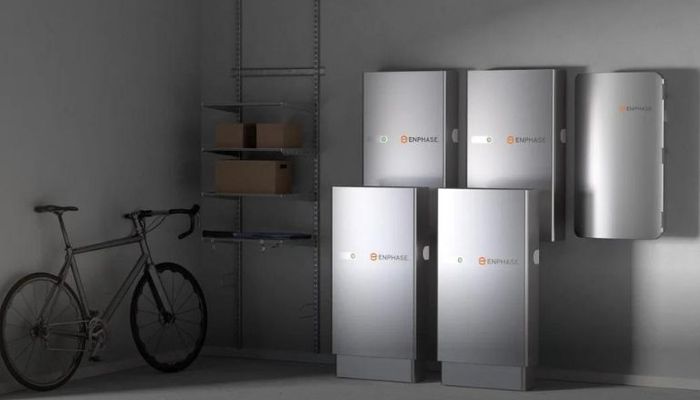How to Install Solar Panel Racking: DIY Tips

Racking is foundational (literally) to any solar panel system. If you’re taking the DIY installation route, you’ll need to know our top tips on how to install solar panel racking. After all, it’s the first big step in the installation process.
Before we dive in, a word of advice for novice DIY-ers: even if you’re not entirely confident in your solar installation capabilities, you can still install racking and panels fairly easily. Take the hybrid approach and hire a contractor to wrap up the electrical work; you’ll still be able to save thousands of dollars compared to hiring a professional installer.
Read: Is DIY Solar Worth It? Pros and Cons
Let’s get started!
First, Remember These Points
The most critical things to remember during your installation are:
- Ground all metal parts of the system
- Ensure the solar panels stay on the roof
- Always follow the manufacturer’s instructions — this way, you can’t go wrong.
Installing solar panel racking isn’t common knowledge, but there are plenty of ways to learn. Whether you prefer reading a manual or watching a video (or both), take the time to find the right resources from your racking manufacturer, as each system can vary.
Know the Parts You’re Working With
Understanding how to install solar panel racking requires general knowledge of the different components.
Roof Attachments
Roof-mount solar is the most popular type of residential solar system. These systems all require attachments that secure the panels to the roof.
Roof attachments can vary depending on the roof, like single, tile or flat roofs. Be sure you’re working with the proper attachment for your roof type.
Learn more about IronRidge racking for roof mounts.
Rails and Splices
Many solar mounting systems include rails that connect to the roof attachments. You’ll install these rails after installing the roof attachments.
Rails typically come in 14’ lengths. If you have a row of four or more solar panels, you will need to install a splice bar to attach two pieces of rail.
Clamps
Clamps hold solar panels to the rails. There are two types of clamps: mid-clamps and end-clamps.
Mid-clamps go between solar panels, holding the panel frames on both sides. End-clamps to hold the endcap solar panels in the row.
Ground the Solar Racking
We previously mentioned the importance of grounding all metal parts of your system.
Most solar racking systems have integrated grounding that bonds parts of the system together. That means you’ll only need to ground one rail from every row. However, knowing how bonding works is crucial and understanding that this can vary among racking brands.
Tap to Find Roof Rafters
One of the trickiest parts of installing roof-mounted racks is finding the rafters. Due to all the layers of roofing materials, you might not be able to get a good reading with a typical stud finder. That means you’ll have to get creative.
Many solar installers use the tapping method to find roof rafters. Tap the roof with a hammer to hear the difference when you tap a rafter versus an unsupported area of the roof.
Understand the Spacing of Roof Attachments
There’s a ton of thinking that goes into the decision of how far to space roof attachments, especially in high-wind areas. Many racking companies supply online design programs or basic charts to help determine the correct spacing for your specific conditions.
Typically, the maximum spacing is 4’ or 6’. This depends on the racking system and your area’s wind and snow loads.
Consider Pole Mounts for Ground-Mount Systems
You might want to opt for a ground-mount system if you have the real estate to accommodate one. Ground-level installations are easier; you won’t have to navigate up and down a ladder, and you’ll have more flexibility with solar panel tilt angle for optimum performance.
Pole Mounts Vs. Ground Mount Racks
Ground-mount systems share the same racking components as roof-mount systems — except for the roof attachments. Instead, you will use concrete footings or ground screws to secure your system. Pole mounts only require one large footing, though they are not recommended in areas with high wind speeds. Extra-secure ground-mount racks feature several smaller footings and might be a better choice for larger systems.
Learn more about IronRidge racking for ground mounts.
Get Help From a Solar Installation Expert
Still stumped on how to install solar panel racking? Don’t go it alone. The pros from GoGreenSolar are here to help!
GoGreenSolar’s DIY solar panel kits include everything you need for a complete installation — racking, inverters, panels and other parts. Our NABCEP-certified installers are happy to walk you through the installation process step by step to ensure everything goes smoothly.
For more information about DIY solar, check out our resourceful FAQs here.






